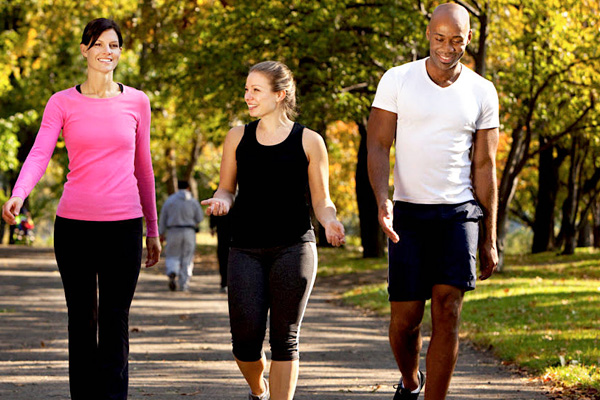SITTING IN NATURE IS OK TOO –
Oct. 30, 2022 – Studies of walking’s benefits date back to the 1950s, with the last decade of research preoccupied with the rise of “10,000 steps a day” challenges and the use of pedometers and activity trackers. What they tell us is that while all these tools urge us towards lofty step counts, there isn’t exactly a magic number to achieve. The figure 10,000 was dreamed up as part of a 1960s pedometer marketing campaign in Japan, and a recent study indicates that half that amount can be beneficial, with a plateau in benefits after about 7,500 steps. The NHS advises that just 10 minutes of brisk walking daily makes a difference. For an activity many of us do daily without thinking, this seems remarkable, but it’s estimated that when walking over half our body’s muscle mass is engaged. And the benefits of even a moderate pace – around three miles an hour – range from improved cardiovascular health, like lower blood pressure, to better glucose metabolism, musculoskeletal health, and mental wellbeing.
However, researchers distinguish between the passive steps we take going about our lives doing things like food shopping and errands (termed “secondary purpose walking”) and the act of actually going for a walk, which was the thing I really missed. On a walk, when we’ve laced our boots a bit more intentionally, the benefits reach beyond a bit of exercise, and where we choose to walk can make a big difference.



